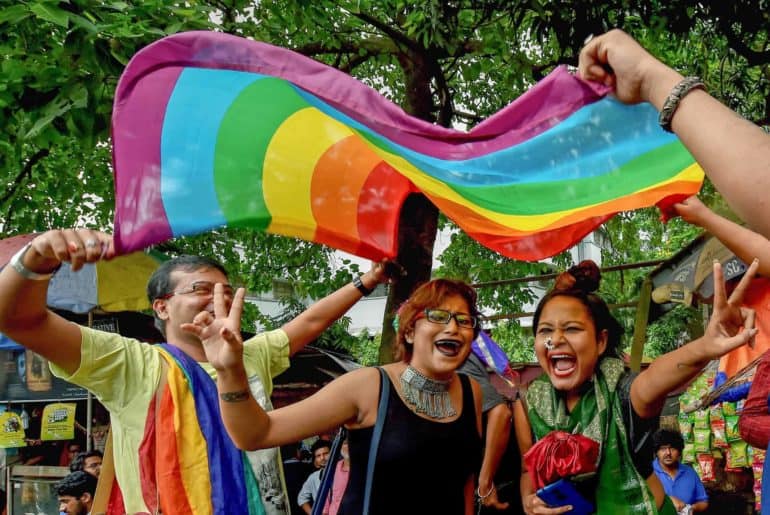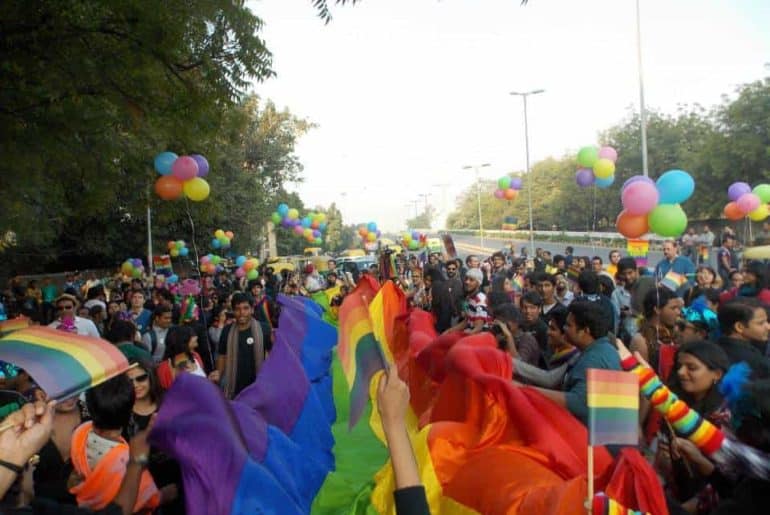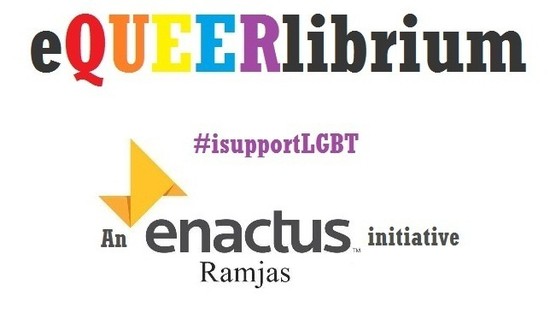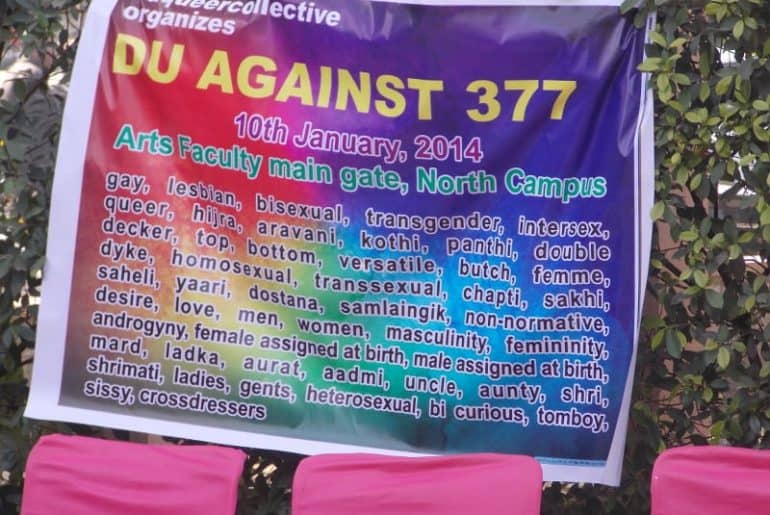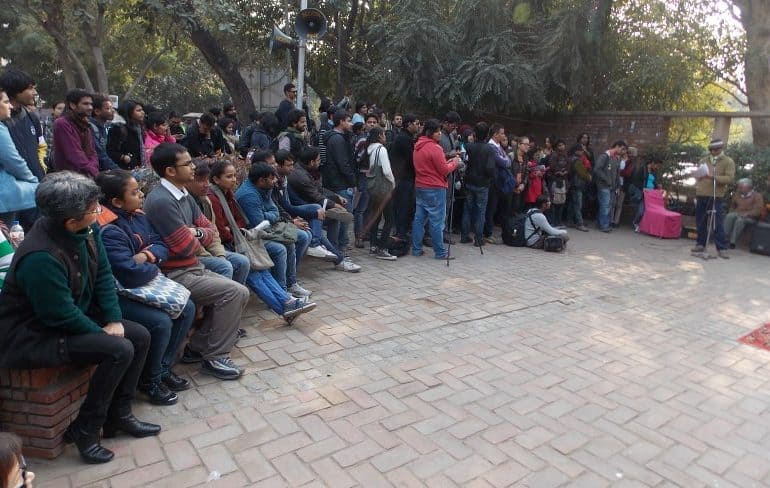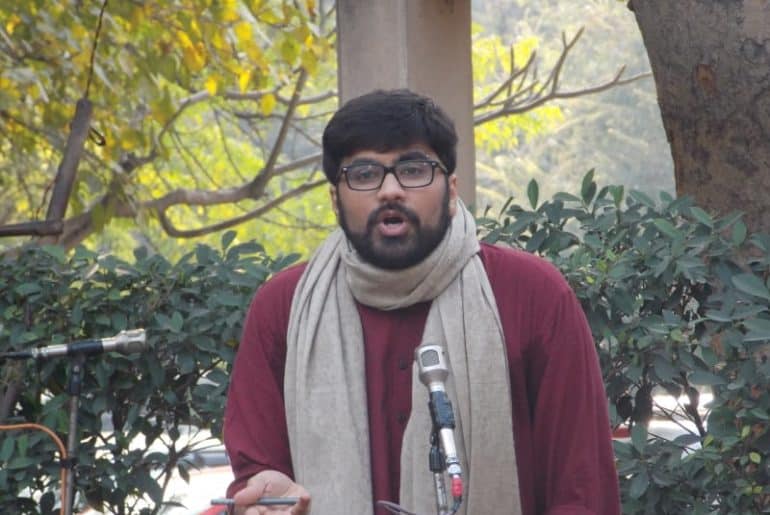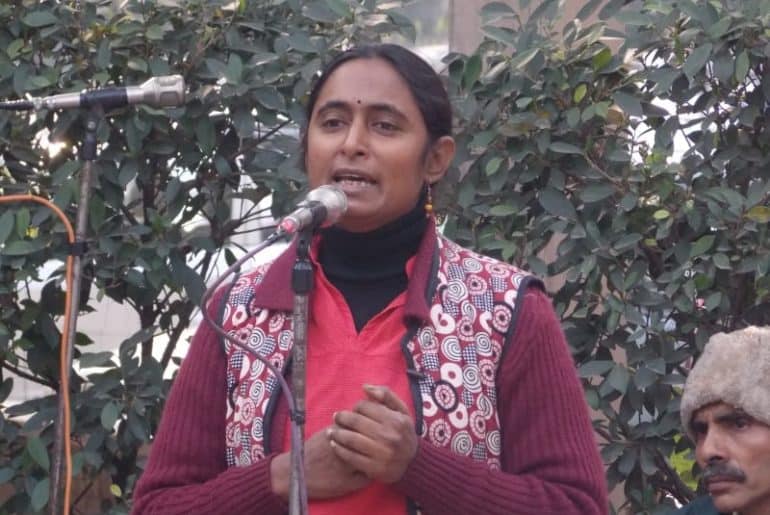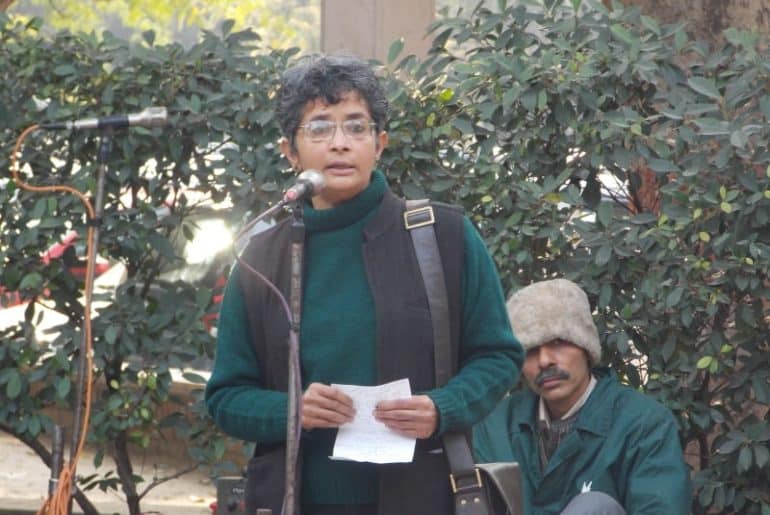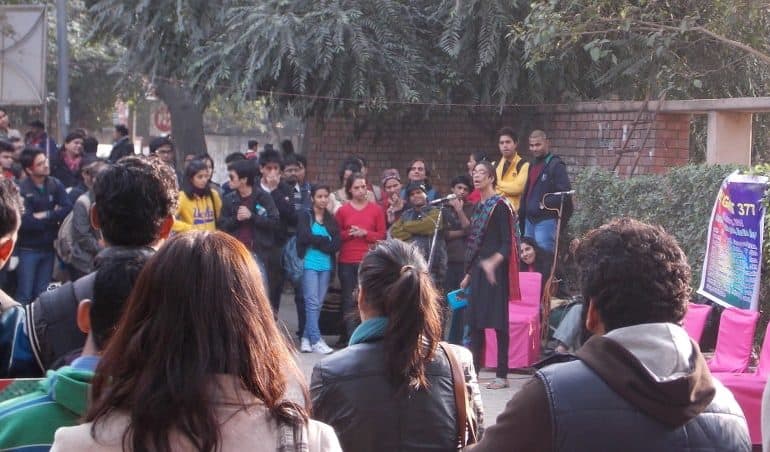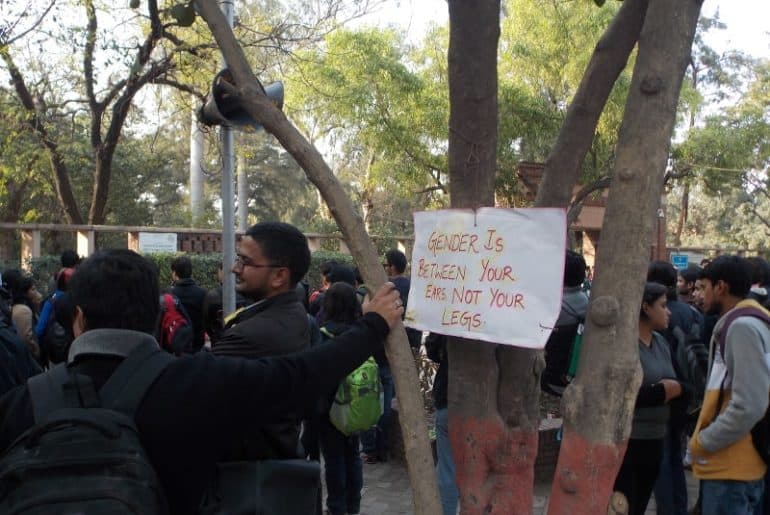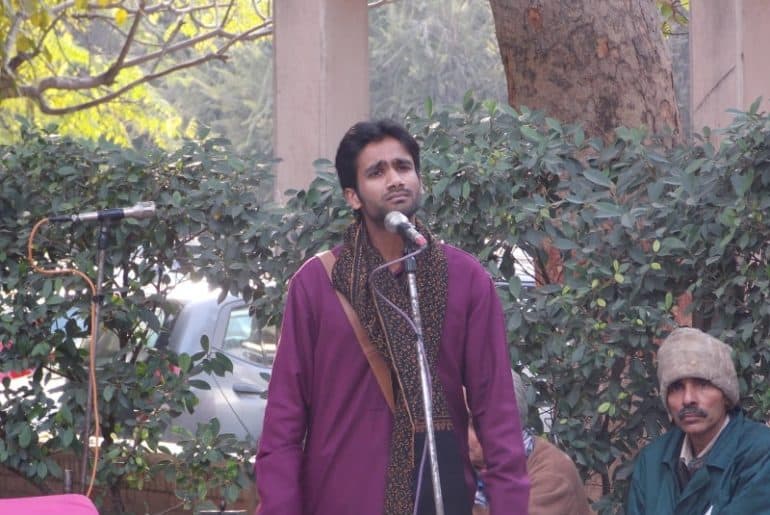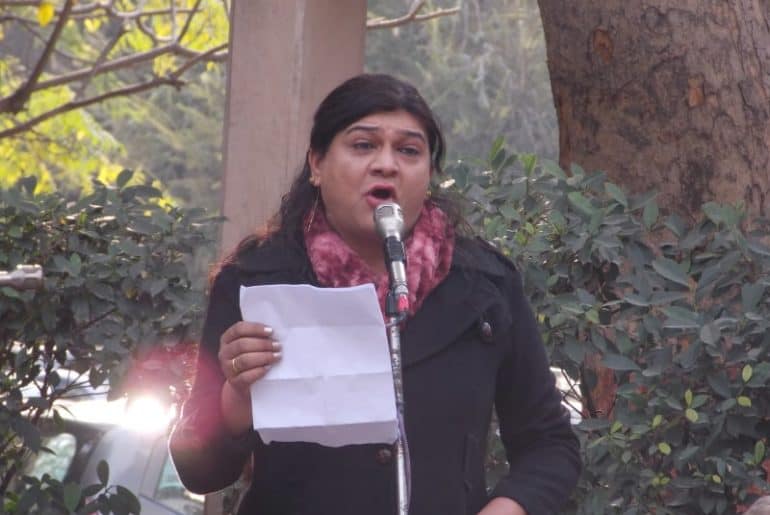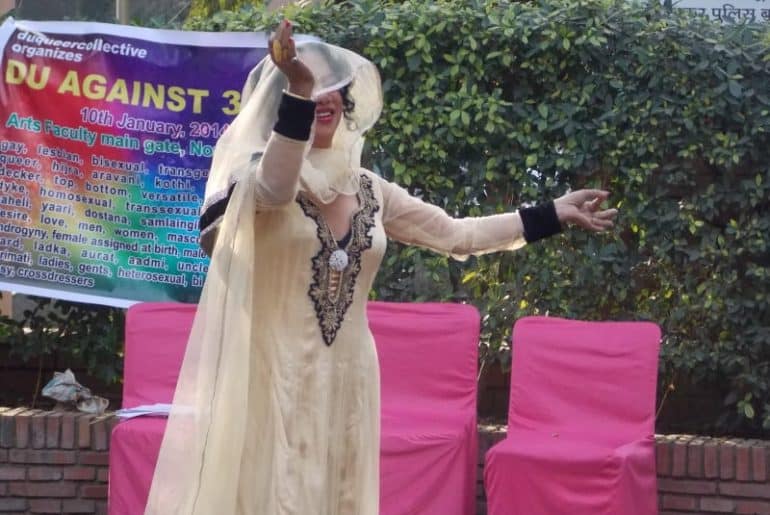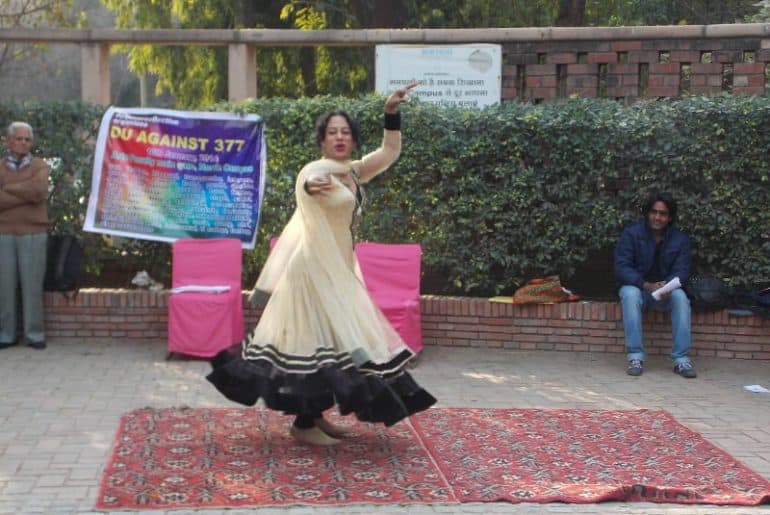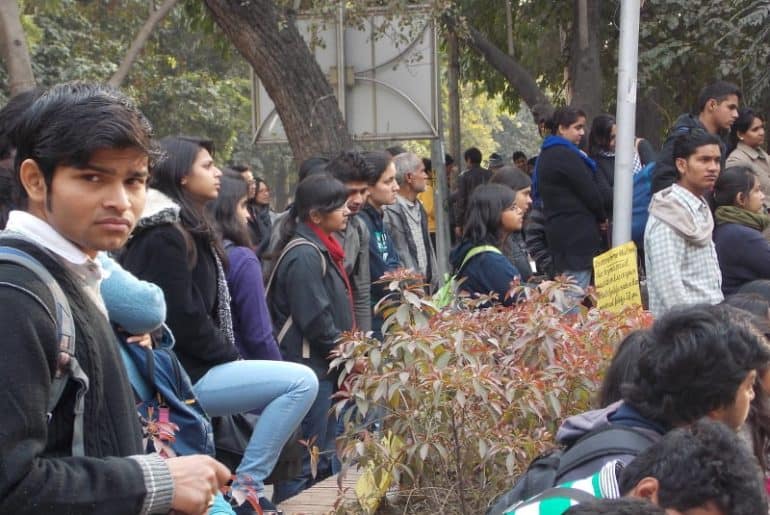The possibility of a Gay Judge being appointed to the Delhi High Court is definitely a step forward but what does this mean in the larger context of legalization of civil union of same-sex marriages?
Saurabh Kirpal is still slated to be the first openly gay judge of the Delhi High Court. In a more perfect world, only his qualifications to be a judge would matter and be of any consequence to the nomination board making the decision and the larger body of jurisprudence Kirpal would be serving upon his nomination. His identity as a cis-gendered gay man should be incidental, something to be neither extraneously celebrated nor held against him. Yet it’s hard to deny the suspicion that his nomination, pending 2017, fell victim to his sexuality. It was deferred every year. The government denied the red flags had anything to do with his sexual orientation, and argued that the nomination was denied purely on grounds of security concerns which rose out of the Swiss nationality of Kirpa’s partner Nicolas Germain Bachmann. The concern, which is deeply ironic, also points out two major fallacies in the stance taken by the government.
The concern of a foreign national spouse has never been a cause of concern in the case of Dr. S. Jaishankar whose wife Kyoto Jaishankar is of Japanese nationality. Furthermore the acknowledgement of a national threat being posed by Kirpal’s partner is an inadvertent admission of the existence of a same-sex couples in the higher political echelons of the Indian bureaucracy – something that the government has otherwise been blind to in general as far as the larger public is concerned. It points out the hypocrisy of the stance which acknowledgement same-sex partnership only on grounds of security concerns but denied the possibility of the same when citizens use its existence as a legitimate ground to demand recognition of civil unions between same-sex partners.
In the month of October the Union has told the Court its stance on same-sex marriages by saying that it went against the foundational objective of marital unions – reproduction, which could only be possible if there was a marriage between a biological man and a woman. In the end of November, the same-sex marriage hearings came up before the Delhi High Court yet again and was dimsissed by the court. The petition seeking to legalise the civil union of same-sex partners had sought the same under the Hindu Marriage act, Special Marriage Act and the Foreign Marriage Act. The court argued saying that the same could not be granted under the Hindu marriage Act since same-sex partnership went against the precincts of Hinduism and a secualr state intervention in the issue of religion in a Hindu-majority population state would only be detrimental.
Some observers say India is lucky that it already has a Special Marriages Act that can be used to bypass issues of religion and could be a way to allow same-sex civil marriage. But the government has already made clear that just because homosexual sex was decriminalised it did not mean homosexuality and its anciliiary institutions were being legitimised, thereby keeping recognition of same-sex marraige off the table as far as the Centre was concerned. This brings to light a larger debate concerning the existence of freedoms for citizens without the right to act upon it. Currently owing to the historic decriminalisation of Section 377, homosexuality can no longer be punished by law. However the carrying out of any form of love, if desirous to be resultant in marriage, will not be recognised by the State on grounds of it harming the social fabric of the community at large. Furthermore, the non-existence of acknowledgement of civil unions denies same-sex partners rights to tools of public assistance such as insurance and property rights as well.
But as the case of Kirpal proves, these lines are trickier to navigate than we ever imagine. It was inevitable that the ball would not stop rolling at decriminalisation just because the government drew a line in the sand. Gay people cannot come out of the shadows yet leave their relationships in the closet. One could debate about whether marriage should be the top priority for the movement and whether the whole idea of trying benefits to marriage is outdated but it’s only natural that LGBTQ popeople would want the same rights as everyone else. In fact various trans-rights have criticised the decision to legalise marriage in an atmosphere where the discriminatory Trans Bill still holds sway over the populace as emblematic of the mainstream ueer movements repeated erasure of gender minorities and trans bodies in favour of cis-gendered, upper-class queer folks. Their primary critique being directed at the lawyer duo Arundhati Katju and her partner who have in many ways become the face of the liberation movement at large. While their advocacy intentions are never questioned their prominence as the face of the movement is repeatedly brought to question as they embody the centralisation of cis-gender upper class domination of queer discourses.
Currently the debate around marriage in India is wrapped around symbols and rituals. Does Dabur get to give a lesbian twist to Karva Chauth in an advertisement for skin bleaching products which have been at the receiving end of criticism for more than a year now following moves by brands like Fair and Lovely in changing well established marketing strategies? Can fashion designer Sabyasachi pair a mangalsutra, an ornament that is situated in a historicity of patriarchy and misogyny, with low necklines and suggestive intimacy following being heavily criticised for selling Indian artisanship to western corporate setups? What truly are the politics of a brand like Tanishq showing a Muslim family organising a traditional Hindu baby shower for their Hindu daughter-in-law in a country where the marketing head of the same company, which stands as one of the most reputed in its field, gets death threats on grounds of promoting love-jihaad?
The debate around such questions and scenarios can only be contemplated if one realises that the construction of marriage as a social document is not reductive to mere symbols – objective and metaphorical. Marriage is not only about bindis, mangalsutras and Karva Chauth but more about social acceptance and respectability and accessibility to public resources. Although gay weddings are the rage of the hour as clearly proven by the Telengana marriage reception, basic rights are still denied to same-sex partners. An event of heartbreaking magnitude can be traced back to the pandemic when an NRI married to an American same-sex partner was denied entry into India, although the same rule was relaxed for heterosexual couples of the same order.
As Sandip Ray puts succinctly in a Times Of India editorial with regard to the same,
In the end progress is about these boring things. The first openly gay judge on the Delhi High Court makes for a good news story and will be a point of inspiration for many. It is something to be welcomed but what LGBTQ Indians ultimately need are those joint bank accounts, the health insurance plans, joint custody of children and hospital visitation rights. Just like every other couple.”
Read Also
Section 377 – Has anything changed?
A Post-377 World: Is this really Freedom?
Anwesh Banerjee

